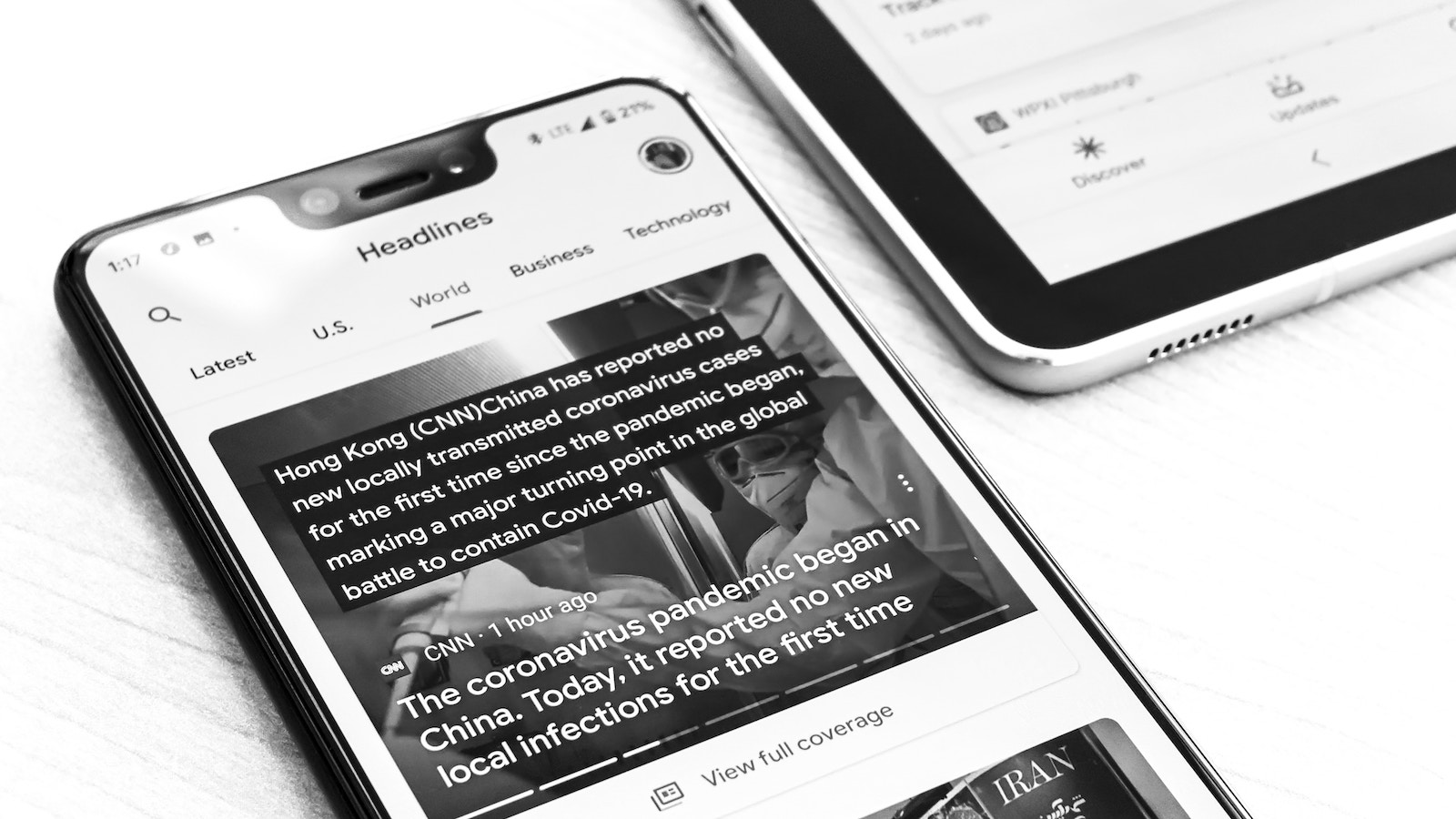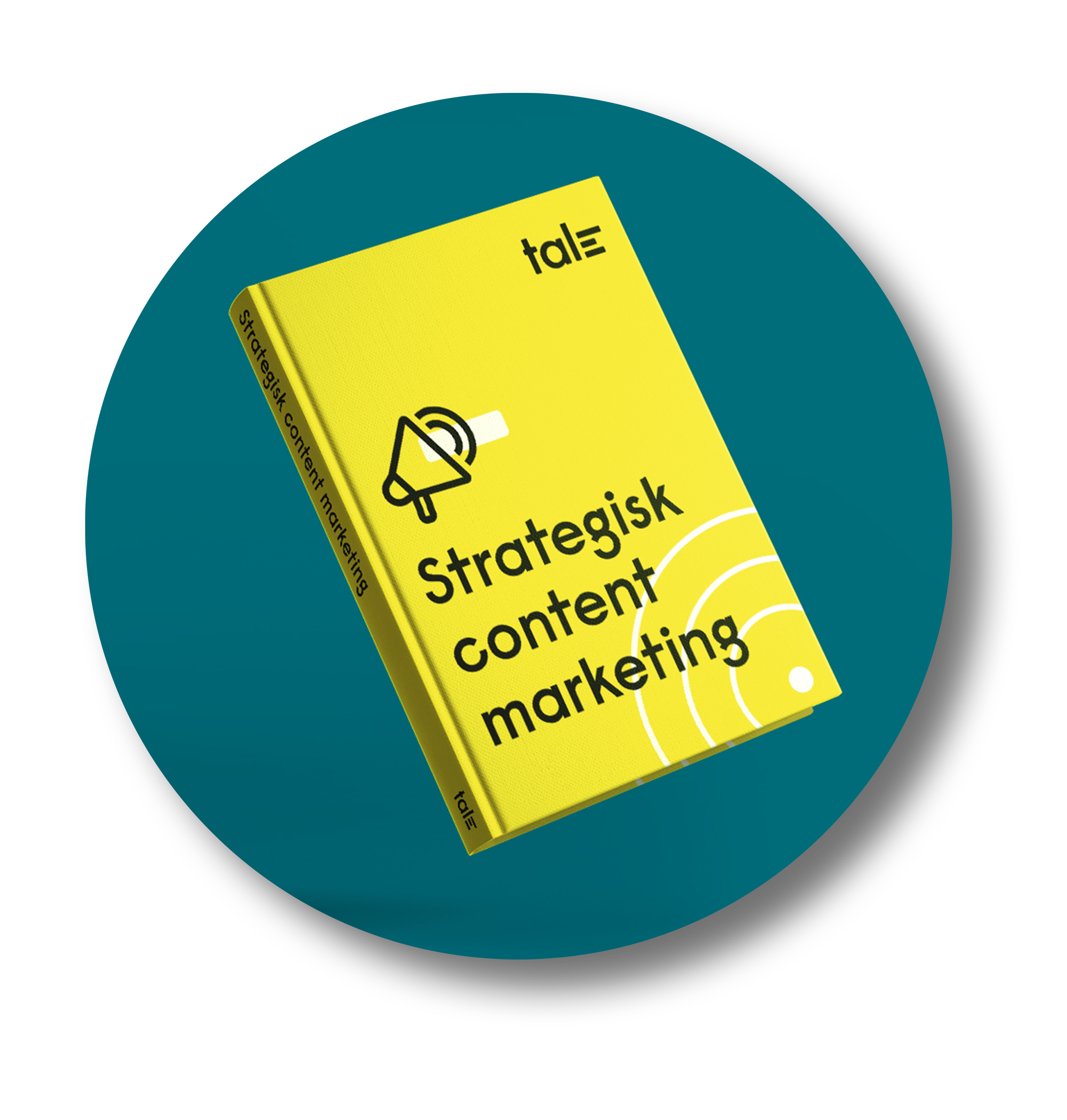Media monitoring: A simple way to connect your content to conversations that matter
Keeping an eye on the headlines can benefit content creation, even if your primary focus isn’t earned media. Implementing a structured approach to media monitoring can help you keep your finger on the pulse without drowning in all the noise, explains Tale’s David Landes.
My first real job in journalism took me to Washington, DC, and the newsroom of a national television news show. It was the mid-1990s, and the media landscape looked a lot different then than it does today.
My task was to monitor a steady feed of AP wire service headlines flickering across a monochrome computer terminal. Instead of flicking my finger to scroll, I tapped arrow keys to navigate up and down the seemingly never-ending flow of headlines that were a precursor to today’s social media feeds.
While digital transformation has been painful for many news organisations, it’s been amazing for news junkies like me. I can now access a range of titles from around the world. I can also follow politicians, CEOs, and other influencers, bringing a whole new layer of information to the mix.
Even if you don’t consider staying up on current affairs as business-critical, media monitoring should be an integral part of any communications or content production operation.
The content sweet spot
Media monitoring is a key step in Tale’s Newsdesk content management model, for example. In regular editorial planning meetings, media monitoring results come together with client insights and messaging guidance. And we love it when clients get proactive and come ready to share what they think are relevant articles from their own feeds.
Combining an understanding of what clients want to say with intelligence about what’s making headlines makes it possible to find the “content sweet spot” – where and how your message overlaps with audience needs and expectations. Content generated in this sweet spot is immediately relevant, giving you the chance to quench the audience’s thirst for more information about what’s currently top of mind.
Chances are, some form of headline scrolling is already a part of your day. But how to make it part of your process so that you’re able to keep track of the right topics without drowning in a never-ending flood of headlines? Here are a few practical suggestions to consider for anyone working in communications who is looking for ways to find their content sweet spot.
Media monitoring services
One option is subscribing to a media monitoring or business intelligence service like Meltwater or Cision. They can provide you with access to a range of quality publications – including trade media – and have functions that allow you to set up searches for different topics or keywords.
Google News Alerts
If your budget is tight, or you’re looking for a quick and simple way to experiment with media monitoring, Google News Alerts is an excellent option. It’s totally free, extremely flexible, and easy to set up.
I currently have alerts set up for several key topics for three different clients. And every morning I have an email waiting for me with a manageable list of headlines (15-40). Within minutes I’ve got a decent overview of what’s “making news”. I bookmark the articles that seem most relevant or detailed, building up a client-specific reference library in my browser to have at my fingertips for the next editorial planning meeting with my clients.
Twitter Lists
While things have been rocky at Twitter since Elon Musk’s takeover, it’s still a well-established platform with a lot of users. And you don’t have to be active to turn it into a useful media monitoring tool. One option is the tool Twitter helped make famous – the #hashtag. Searching on different hashtags can bring up a wide range of tweets on a given topic, but I find it a rather blunt tool.
Another feature is Twitter Lists, which allows you to create a list of accounts that regularly tweet about a given topic. The result is a curated feed of tweets that you can access in a couple of clicks knowing it will be filled with tweets about your chosen topic.
LinkedIn also enables searches using hashtags, which have gained popularity in recent years. Just as with Twitter, hashtag searches can be a bit blunt, but they are also a good way to identify influencers and important voices on a given topic that you can then follow. Considering the slightly more professional nature of LinkedIn, it’s particularly useful when it comes to tracking thought leadership or employer branding conversations.
Digital newsletters
If you like getting news and story ideas delivered to your inbox, newsletters from trade publications, industry associations, or companies are another great media monitoring tool. While it’s important to consider what might colour their editorial choices, corporate newsletters can still provide free and useful inspiration for your own content.
Trade publications may charge for a newsletter subscription, but it’s often worth the investment to ensure you are on top of hot topics for that specific industry. Of course, your ambition should be to set up a content production and publishing operation that results in a “need to have” newsletter that gets your industry peers, prospective clients, and competitors to add their names to your list of subscribers.
Start media monitoring – now
Whether you like having news delivered to your inbox or spending a few minutes searching on hashtags and scrolling your feeds, the time is now to make media monitoring a must-have part of your content production process.
Set aside a morning (and perhaps some budget) to set up a structured approach to media monitoring for your client, brand, or topic. In some cases, daily updates might make sense. But it’s also possible that weekly or even monthly check-ins are sufficient, depending on your industry, existing processes, and content production ambitions.
Doing so can help generate ideas for new stories and angles, and increase the chances that your editorial choices help you hit the content “sweet spot” that connects your content to conversations that matter.
Are you interested in learning more about how to integrate media monitoring with your content production? Contact Tale’s David Landes at david.landes@talecontent.se or +46-73-741-0246.
Prenumerera på vårt nyhetsbrev
Skriv upp dig på vårt nyhetsbrev där vi bjuder på kunskap. Brevet kommer en gång i månaden och innehåller allt ifrån guider, beskrivande case, våra senaste blogginlägg, spaningar och praktiska tips på hur man lyckas med content marketing.
I och med att du börjar prenumerera på Tales nyhetsbrev godkänner du att vi får kontakta dig gällande nyheter och marknadsföring. Läs mer om hur vi hanterar dina personuppgifter i vår integritetspolicy.

